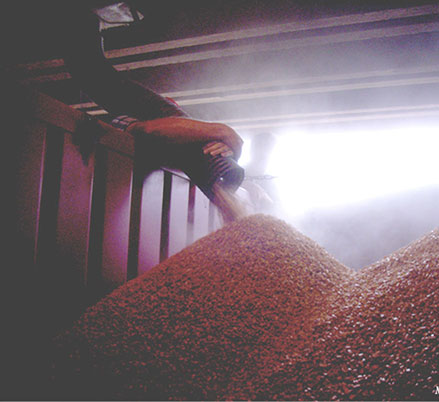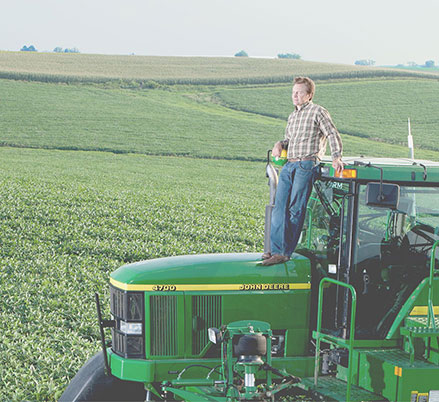
Sacred Craftsmanship
Craftsmen forget themselves in their work. We agree with Abraham Cowley who wrote in his 1650 essay, “Of Agriculture,” that there is no other life so praiseworthy for “the utility of it, to a man’s self; the usefulness, or rather necessity, of it to all the rest of mankind; the innocence, the pleasure, the antiquity, the dignity.” The majority of people who have ever lived have farmed for a living, and in the hierarchy of these craftsmen, the best carry the culminated wisdom of this fellowship.
Soil Stewardship
Soil that is taken care of is like an oil well that never runs dry— productive forever. By eliminating tillage and using cover crops, our soil is strongly aggregated and protected from wind and water erosion. Our soil carbon is stable, long chains of carbon formed by thousands of years of prairie-fire chars. Once it is lost to erosion, it is gone forever. Our fields that have been in long-term no-till have twice as much stable carbon as surrounding fields that have been farmed with tillage.


Breakthrough Innovations
By using millions of data points to drill down into the nuances that drive grain yield, we are able to idealize the perfect agronomic system. We rank order the missing technology, and then we find it or create it. In the early 1990s we improved the placement of fertilizer by banding the granular and gaseous fertilizer into the root zone. In 2000 we improved the accuracy of the banding system while also eliminating soil compaction in the root zones by being the first farmers in the Midwest to use GPS autosteering. Upon that positioning technology we’ve developed section controls and implement steering that have become widely adopted in the industry.
With these and dozens of other innovations we’ve increased grain yield 3 times faster than the national average while reducing inputs by 30%. Soil erosion has been reduced and water infiltration has been increased, both by more than a full order of magnitude.